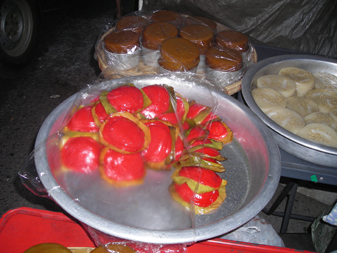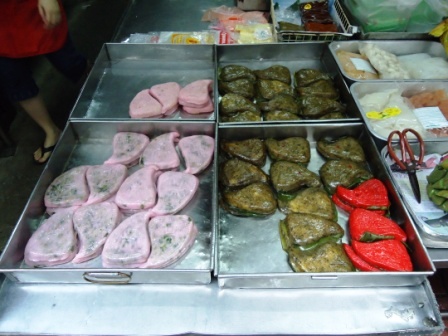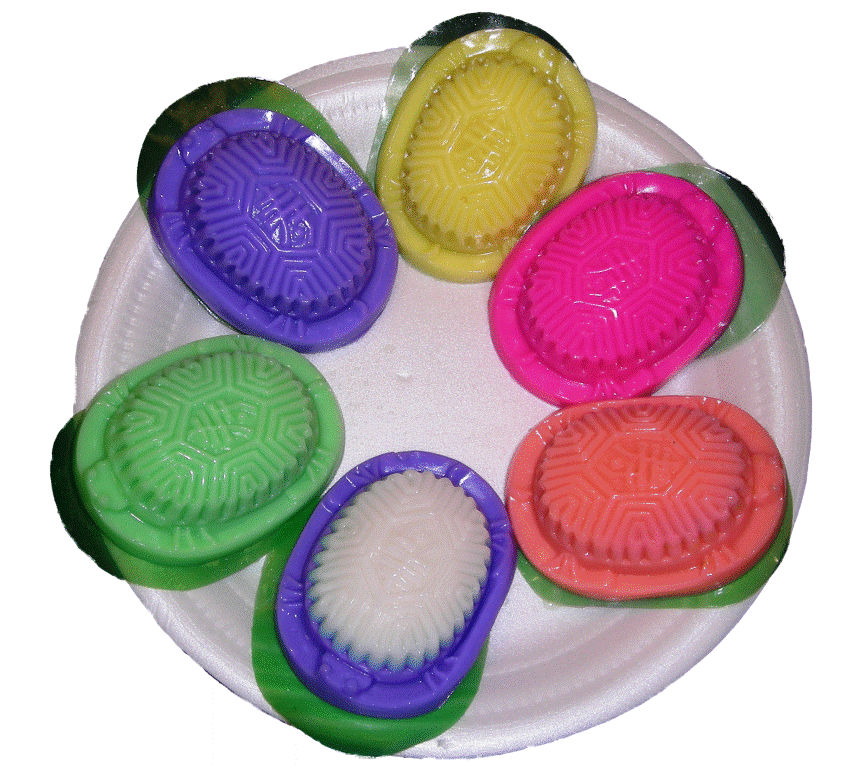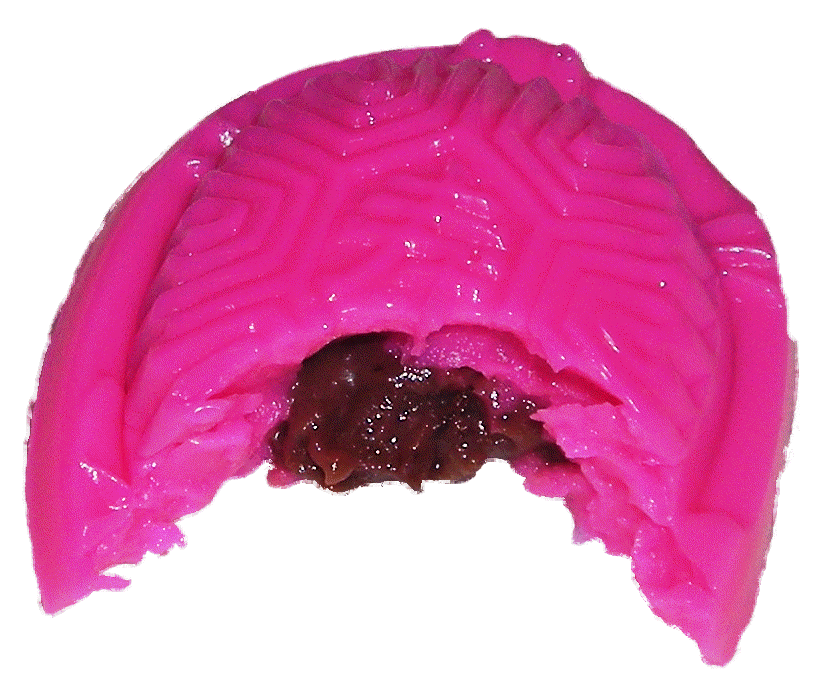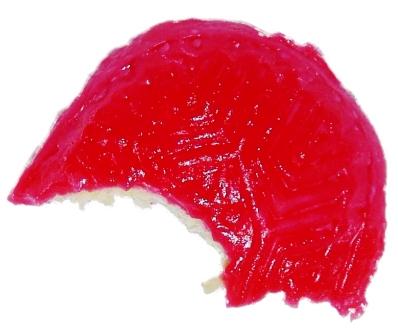
| Home | Chinatowns of the world | Festivals | Culture | Food Culture | History | Countries |
| Chinese Religion | Tours | Sitemap | Documentaries | About | Contact |
Ang Ku Kueh 红龟糕
Ang ku kueh, 红龟糕 is usually red in color as suggested by its name literally translated as “red tortoise cake” (红=red, 龟=tortoise,糕=cake or pastry). Despite the color definition in the name, other common colors include yellow, grey, and green. The colors indicate the type of fillings inside the pastry. Traditional filings include bean paste, sesame, and peanut. New flavors like durian have emerged reflecting manufacturer’s continuous innovation to incorporate popular tastes. Tortoise symbolizes longevity and when the Ang ku kuih is shaped like a tortoise shell, it creates a high symbolic and ritual value. They are used for ritual offerings during religious events and as gifts when a child is born (one month old) or during birthdays. Outside the ritual or gift context, it is also a very popular snack available all year round in traditional pastry shops, cake shops, cafes and even hotels. The jelly Ang ku kuehAng ku kueh, 红龟糕’s popularity is evident in a new innovative product that has emerged in the market – the jelly Ang ku kuih.
Like the traditional Ang ku kueh, 红龟糕, the jelly ones sit on a “square pandan leaf” made from a strip of green plastic. The jelly Ang ku kuih needs to be refrigerated. The jelly Ang ku kueh, 红龟糕 looks very similar to the traditional ones and it is not uncommon to mistake it as the traditional one if seen from a distance. Like the ice cream mooncake, jelly Ang ku kueh, 红龟糕demonstrates how traditional pastries continue to evolve in response to technological opportunities and to consumer’s new dietary choices. See the Ang Ku Kueh gallery for the range of varieties and ingredients. Related articles:
|
|
| Join us on | Youtube | |||
| Copyright © 2007-24 Chinatownology, All Rights Reserved. | ||||
 Ang ku kueh,
Ang ku kueh, 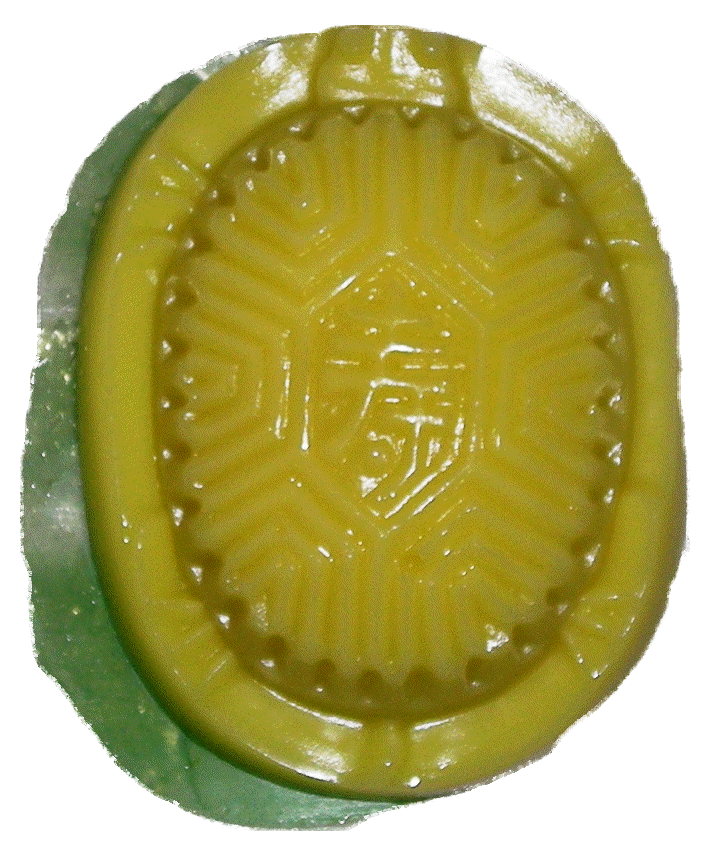 Jelly Ang ku kueh,
Jelly Ang ku kueh, 